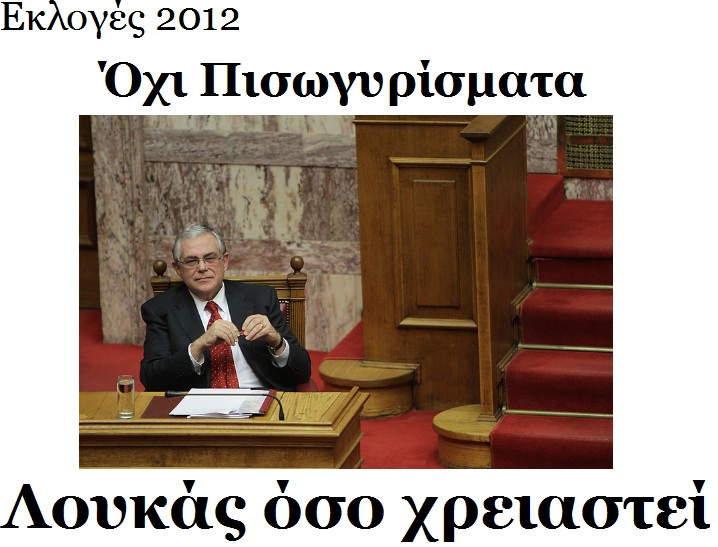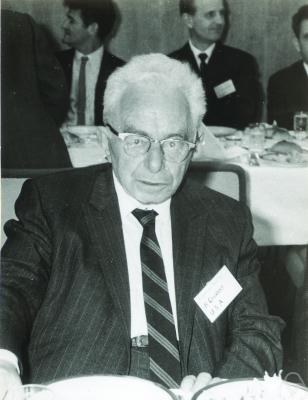<Back to Index>
- Mathematician Richard Courant, 1888
- Poet Francisco González Bocanegra, 1824
- 14th Prime Minister of Australia John Joseph Curtin, 1885
PAGE SPONSOR


Richard Courant (January 8, 1888 – January 27, 1972) was a German mathematician.
Courant was born in Lublinitz in the German Empire's Prussian Province of Silesia. During his youth, his parents had to move quite often, to Glatz, Breslau, and in 1905 to Berlin. He stayed in Breslau and entered the university there. As he found the courses not demanding enough, he continued his studies in Zürich and Göttingen. Courant eventually became David Hilbert's assistant in Göttingen and obtained his doctorate there in 1910. He had to fight in World War I, but he was wounded and dismissed from the military service shortly after enlisting. After the war, in 1919, he married Nerina (Nina) Runge, a daughter of the Göttingen professor for Applied Mathematics, Carl Runge. Richard continued his research in Göttingen, with a two-year period as professor in Münster. There he founded the Mathematical Institute, which he headed as director from 1928 until 1933.
Courant left Germany in 1933, earlier than many of his colleagues. While he was classified as a Jew by the Nazis, his having served as a front line soldier exempted him from losing his position for this particular reason at the time; however, his public membership in the social democratic left was a reason for dismissal to which no such exemption applied. After one year in Cambridge, Courant went to New York City where he became a professor at New York University in 1936. He was given the task of founding an institute for graduate studies in mathematics, a task which he carried out very successfully. The Courant Institute of Mathematical Sciences (as it was renamed in 1964) continues to be one of the most respected research centers in applied mathematics.
Apart from his outstanding organizational talent, Courant is well remembered for his mathematical achievements. He and David Hilbert authored the influential textbook Methods of Mathematical Physics, which is still widely used more than eighty years after it was written. He was the co-author, with Herbert Robbins, of a popularization titled What is Mathematics?, which is still in print. His name is also attached to the finite element method, later reinvented by engineers. Courant gave this a solid mathematical basis. This method is now one of the ways to solve partial differential equations numerically. Courant is a namesake of the Courant – Friedrichs – Lewy condition and the Courant minimax principle.
Courant died in New York City. Richard and Nerina had four children. Ernest is a particle physicist and innovator in particle accelerators, Gertrude (*1922) is a PhD biologist and wife of the mathematician Jürgen Moser, Hans is a physicist who participated in the Manhattan Project, and Leonore, a professional musician and wife of the mathematician Jerome Berkowitz (1928 - 1998).
Commenting upon his analysis of experimental results from in-laboratory soap film formations, Courant believed that the existence of a physical solution does not obviate the need for mathematical proof. Here is a quote from Courant on his mathematical perspective: "Empirical evidence can never establish mathematical existence -- nor can the mathematician's demand for existence be dismissed by the physicist as useless rigor. Only a mathematical existence proof can ensure that the mathematical description of a physical phenomenon is meaningful."